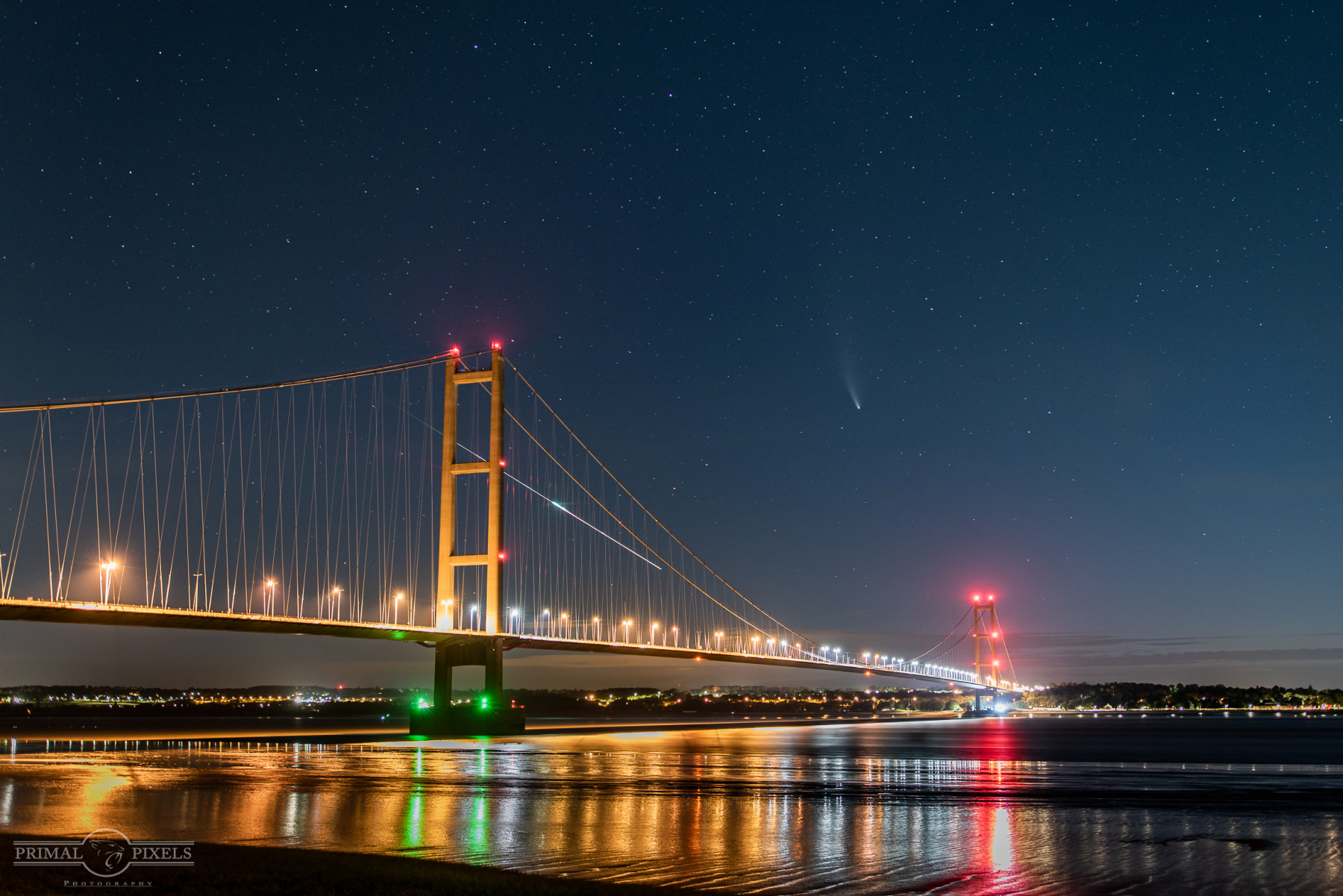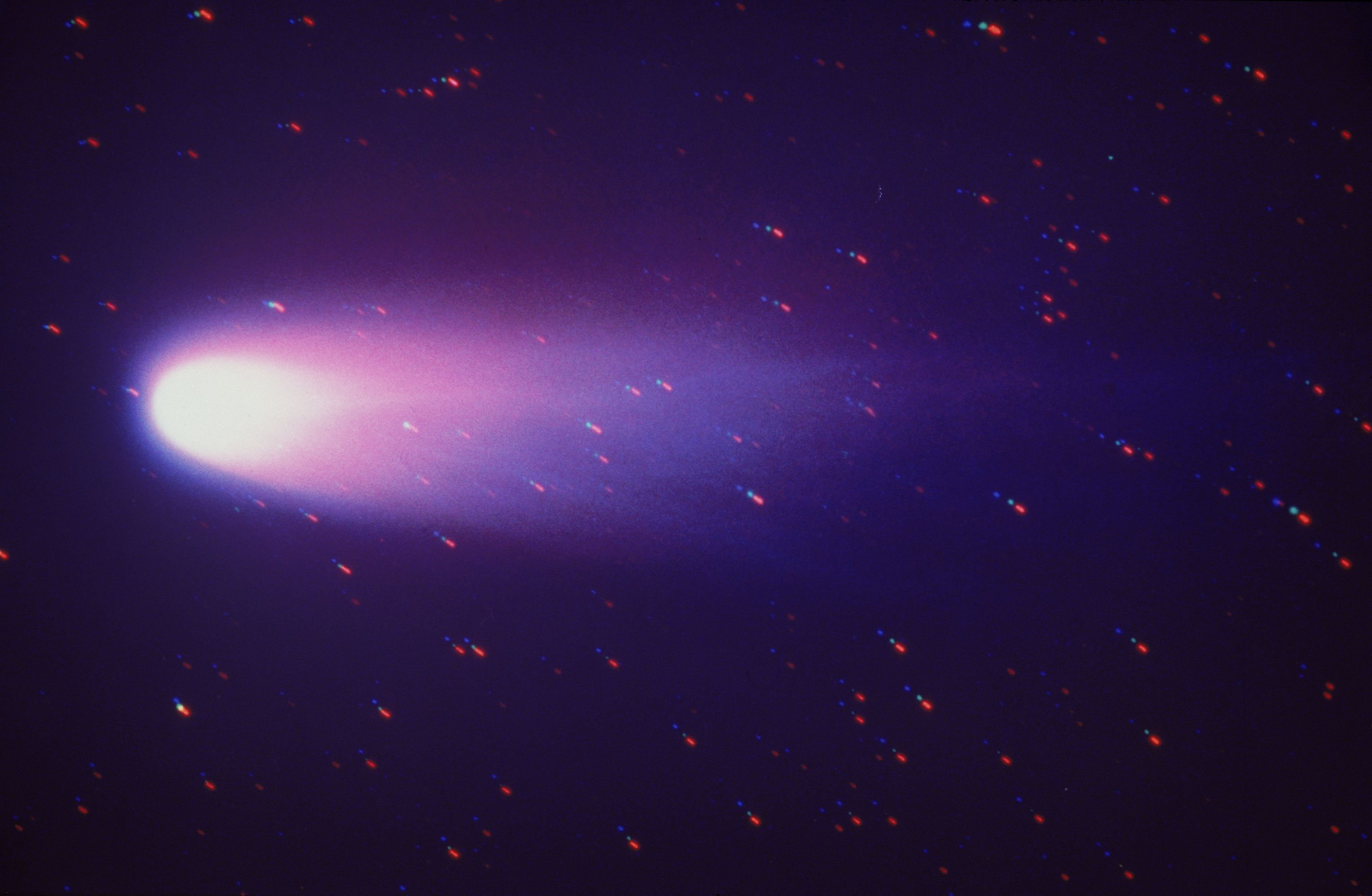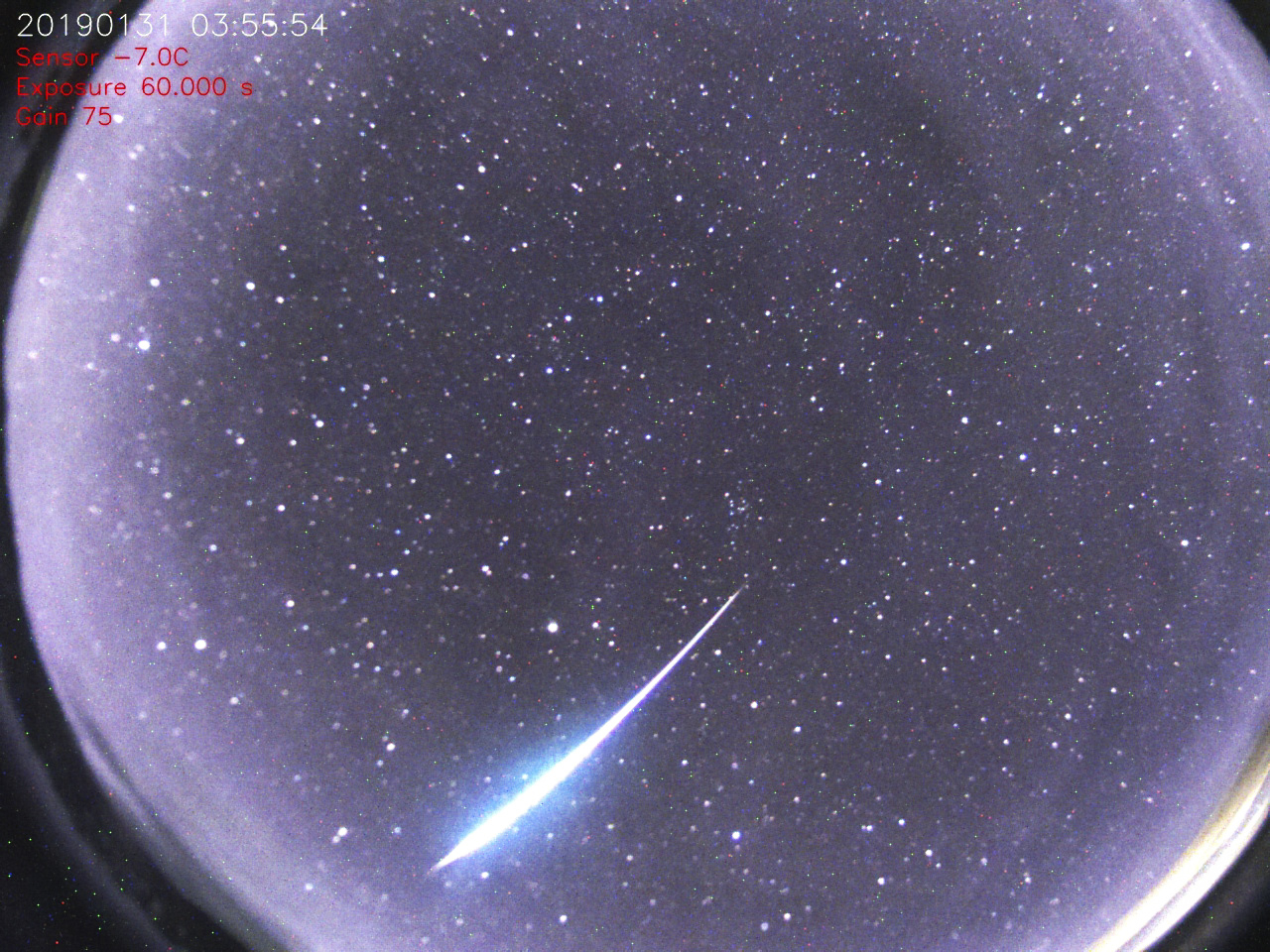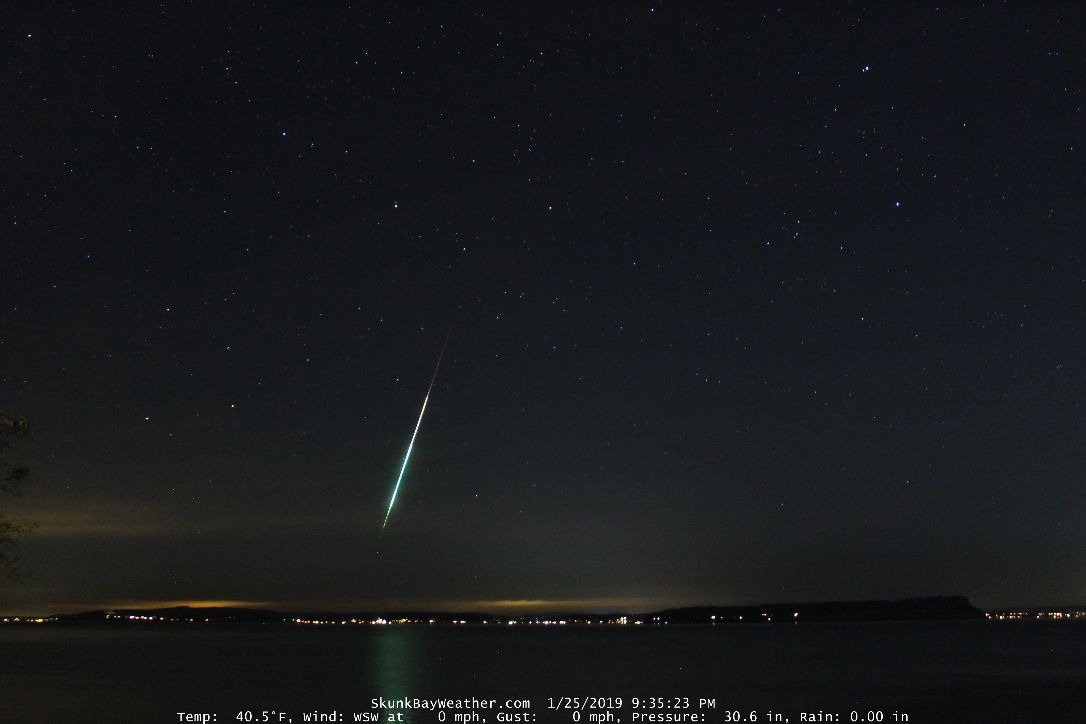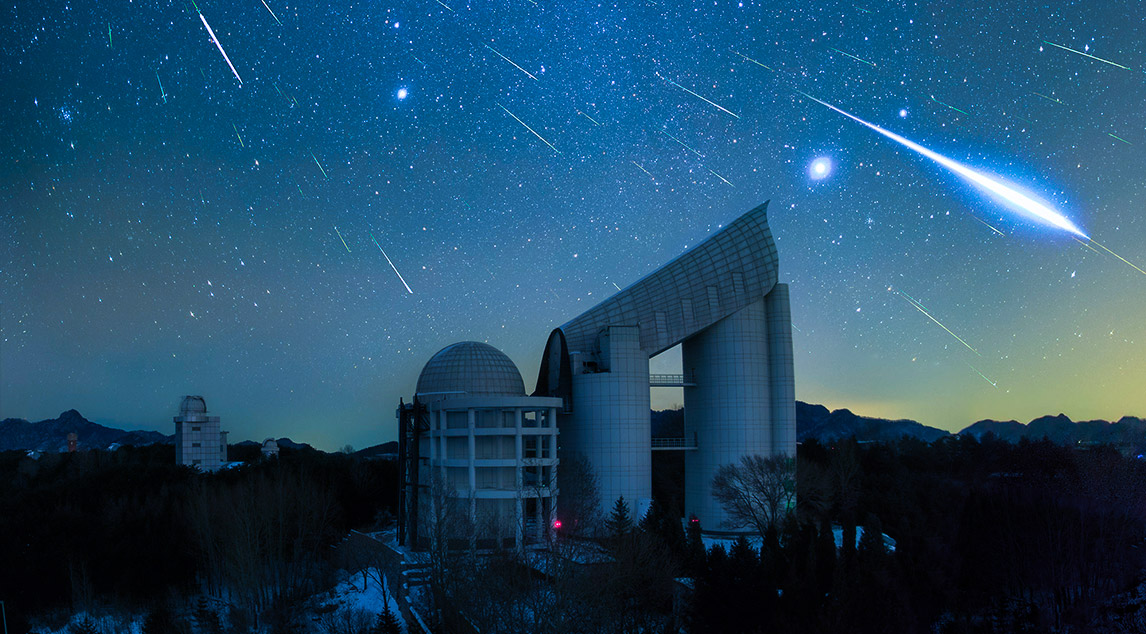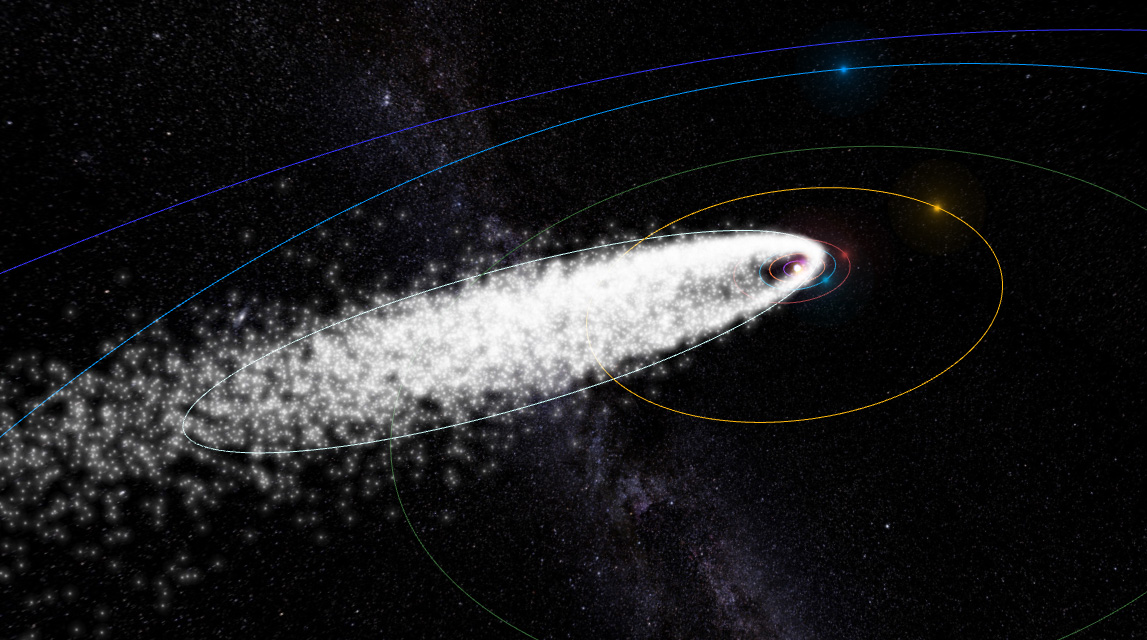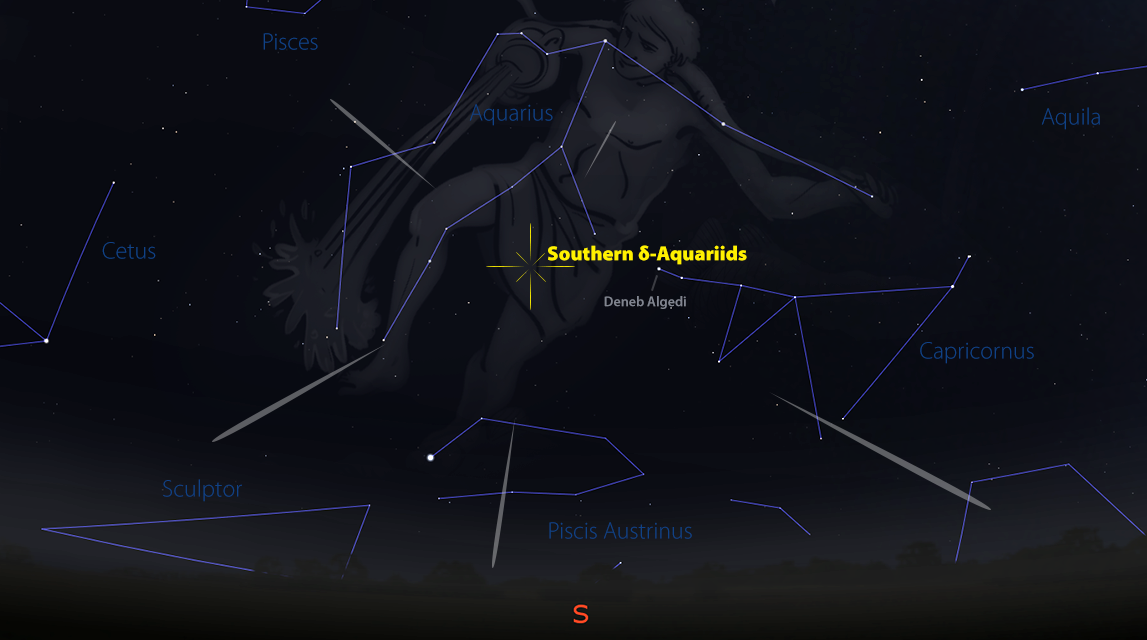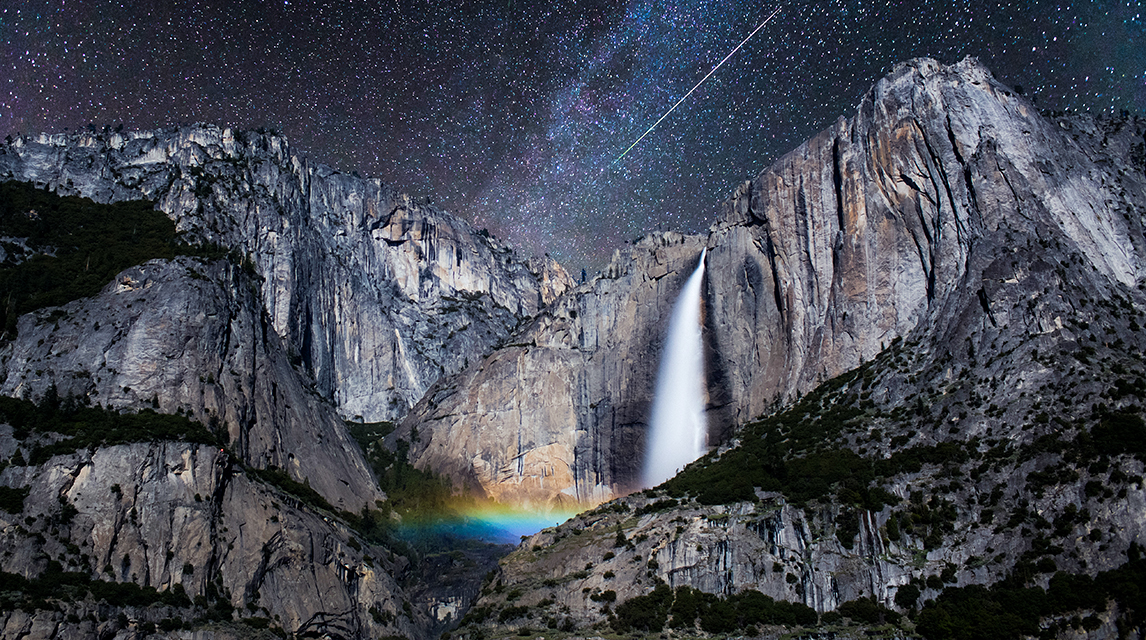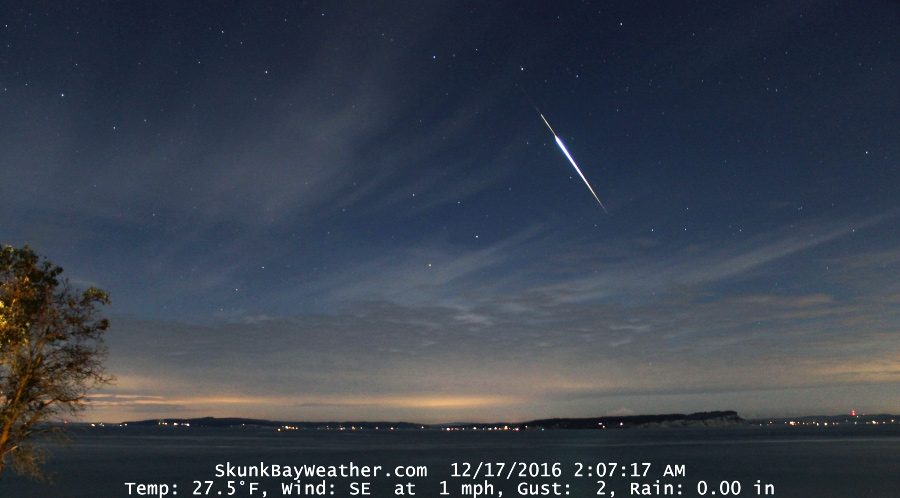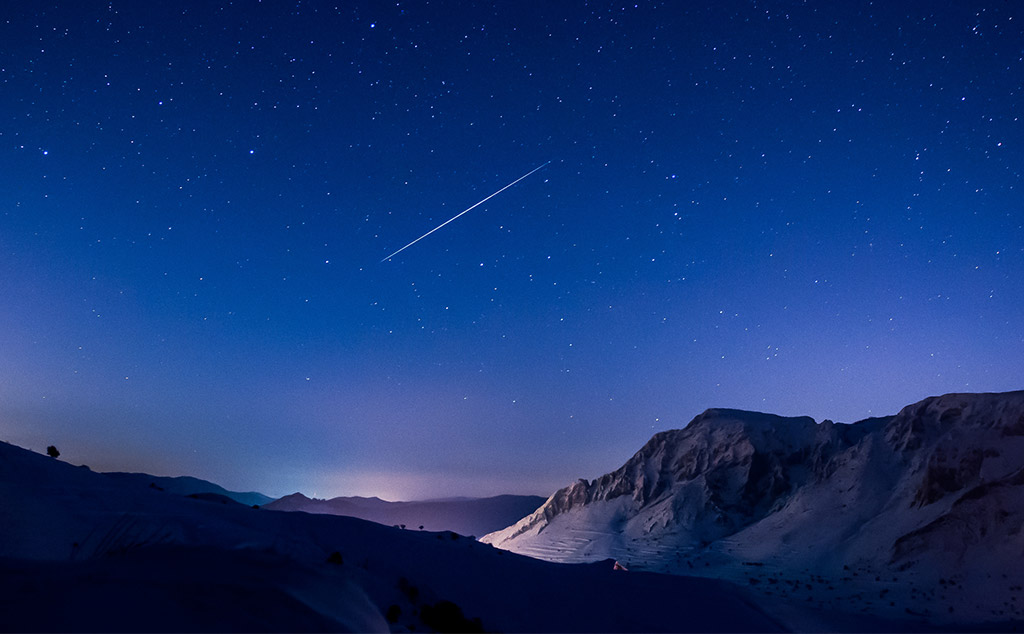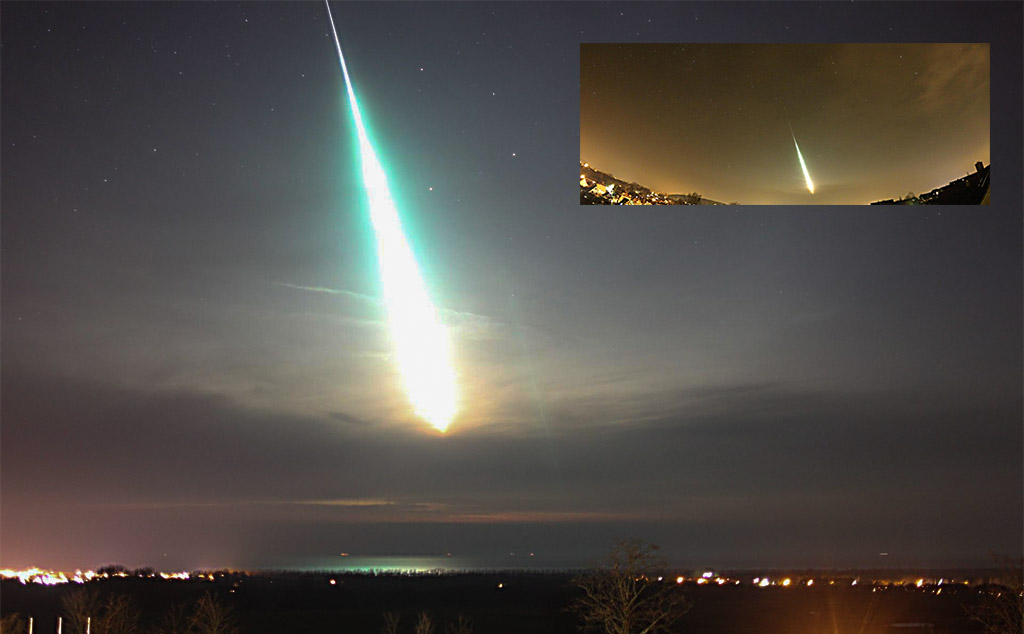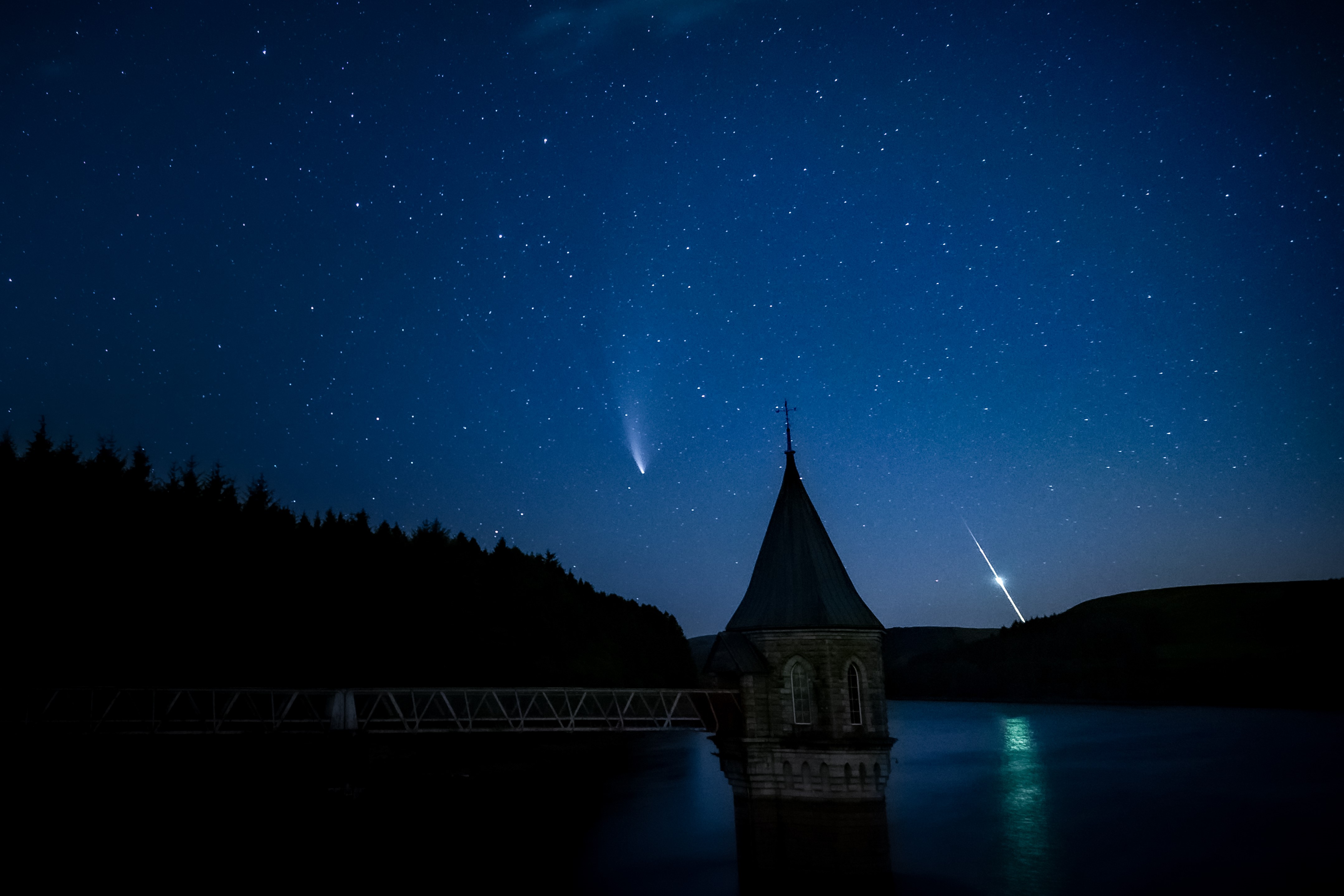
Meteor Activity Outlook for August 15-21, 2020
During this period, the moon reaches its new phase on Wednesday August 19th. At this time, the moon is located near the sun and is invisible at night. This weekend the waning crescent moon will rise during the early morning hours but will be too thin to interfere with meteor observing.
 American Meteor Society
American Meteor Society
